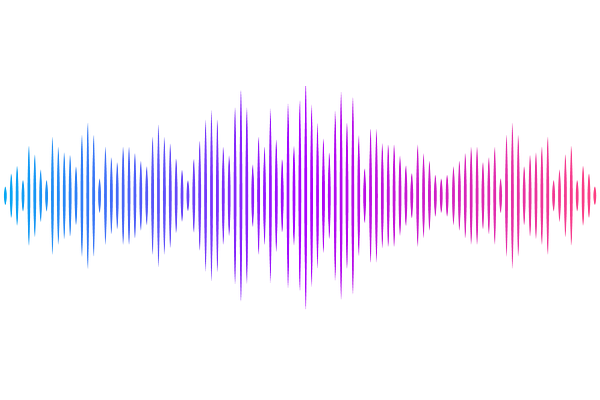Human chronic inflammation is orchestrated by spatially restricted inflammation-activated Dendritic cells

Human chronic inflammation is orchestrated by spatially restricted inflammation-activated Dendritic cells
Thomas, J. R.; Haub, J.; Hunecke, A.; Yu, J.; Maier, P.; Zhang, M.; Pregler, B. E. F.; Raspe, M.; Streith, S.; Schneider, M.; Pizarro, C.; Skowasch, D.; Ginhoux, F.; Toma, M.; Martin, J.; Send, T.; Schlitzer, A.
AbstractDendritic cells (DCs) form coordinated networks that orchestrate inflammatory responses across tissues. Upon activation, DCs undergo changes in their transcriptome, phenotype, and function, depending on the tissue microenvironment. The role of DC activation during human chronic inflammation has yet to be explored. To address this, we aimed to investigate activated DCs across a range of chronically inflamed human tissues, with a focus on cervical lymph nodes (LNs). We performed scRNAseq and flow cytometry on healthy, acutely, chronically inflamed, and cancer-associated human cervical (LNs) and identified a novel inflammation-associated DC (iaDC) cell state, found only within chronically inflamed LNs. iaDCs were defined by a unique cytokine expression profile (CXCL9, CXCL10, IL1B) and could be phenotypically distinguished from other activated DCs by their elevated expression of CD1C, CD206, CD319, and CD274. Functionally, we found that IFNg signaling induces DC2s to enter the iaDC cell state and that this process can be abrogated by inhibition of JAK-STAT signaling. Using spatial transcriptomics, we observed LN iaDC residing within a specific chronic inflammatory niche, which was enriched for inflammatory monocytes, NK cells, and effector memory CD4+ and CD8+ T cells. Extrapolating our findings to other chronic inflammation-associated diseases, we similarly observed the emergence of iaDCs within the intestines of treatment-resistant Crohns Disease patients, synovial membranes and lymph nodes of rheumatoid arthritis patients and lungs of sarcoidosis patients. Similarly to the lymph node, iaDCs were found to reside in conserved chronic inflammation-associated spatial niches within the small intestine of affected individuals and displayed equivalent transcriptional characteristics and surrounding cellular neighborhoods. Collectively, these data highlight a previously unexplored role of iaDCs in human chronic inflammatory diseases and propose a conserved spatially restricted iaDC-populated chronic inflammatory niche associated with resistance to therapy. These findings highlight novel avenues to shape inflammatory trajectories by targeting iaDCs and their spatial niches, for example, by inhibiting JAK-STAT signaling.